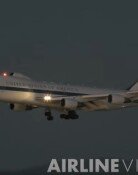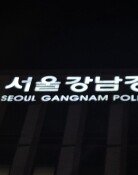Easterly winds to lower radiation health risk in Korea
Easterly winds to lower radiation health risk in Korea
Posted March. 25, 2011 11:23,
With winds blowing to the east, Koreans will not be affected by radioactive materials leaked from Japans Fukushima nuclear power plant, a Korean nuclear engineering professor said Thursday.
In a discussion on the impact of radiation leaked from Japan on Korea in central Seoul, Lee Jai-ki of Hanyang University said, With the wind shifting from westerly to easterly, Koreans will be exposed to just 0.1 mSV of radiation even if radioactive materials reach Korea.
The radioactive level of 0.1mSv is the same amount of radiation people are exposed to when they fly round-trip to Europe.
Lee based his calculation on the 1986 accident at the Chernobyl nuclear power plant in the Soviet Union and its impact on Sweden. The distance between Chernobyl and Sweden is about 1,100 kilometers, the same distance between Korea and Fukushima.
A large amount of radioactive materials leaked shortly after the explosion of the Chernobyl plant spread to Sweden, but Swedes were exposed to just 0.2mSv of radiation for a year, or 3.3 percent of 6mSv, the normal level they are exposed to per year.
Koreans are exposed to 3mSv of radiation per year on average.
Fears are also rising that radioactive materials from the Fukushima plant can ride jet currents blowing from west to east at an altitude of 10 kilometers to enter Korea two weeks after passing the U.S. and Europe. Other experts downplay this as unlikely, however, because radioactive materials from Fukushima cannot fly 10 kilometers up in the air due to lack of a massive explosion.
Lee said, We should prevent excessive fears over radiation from stoking social unrest, citing what happened in the wake of the Chernobyl accident.
Given the fear of giving birth to deformed babies, the number of abortions in Western Europe in 1986 shot up to 10,000, including 4,000 in Germany and 2,000 in Greece.
xrockism@donga.com







